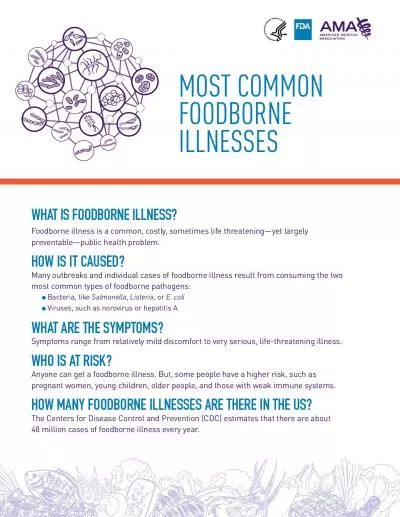PPT-Common Pharmacomistakes in Advanced Illness
Author : tawny-fly | Published Date : 2019-11-25
Common Pharmacomistakes in Advanced Illness Opioid Conversion MISCalculations Achieving Pain Relief Quickly AND Safely Mary Lynn McPherson PharmD MA MDE BCPS CPE
Presentation Embed Code
Download Presentation
Download Presentation The PPT/PDF document "Common Pharmacomistakes in Advanced Illn..." is the property of its rightful owner. Permission is granted to download and print the materials on this website for personal, non-commercial use only, and to display it on your personal computer provided you do not modify the materials and that you retain all copyright notices contained in the materials. By downloading content from our website, you accept the terms of this agreement.
Common Pharmacomistakes in Advanced Illness: Transcript
Download Rules Of Document
"Common Pharmacomistakes in Advanced Illness"The content belongs to its owner. You may download and print it for personal use, without modification, and keep all copyright notices. By downloading, you agree to these terms.
Related Documents














